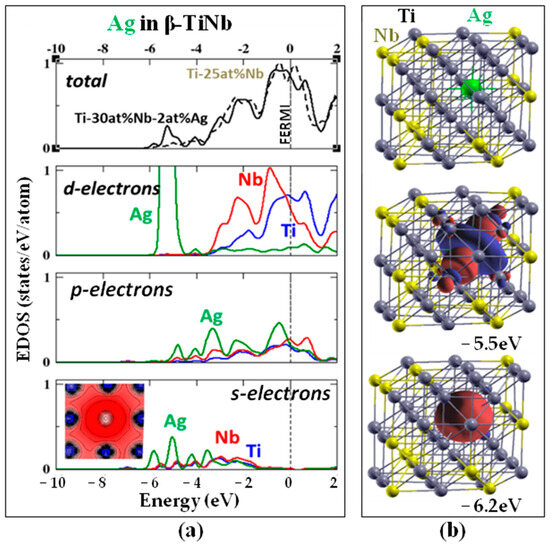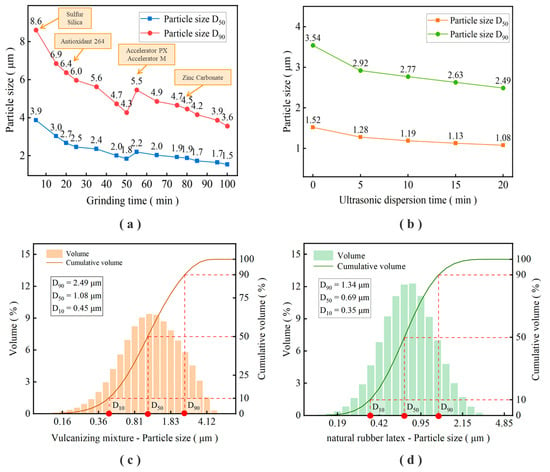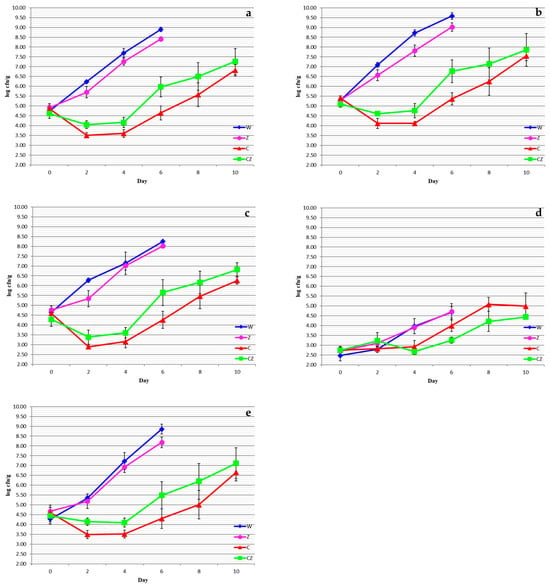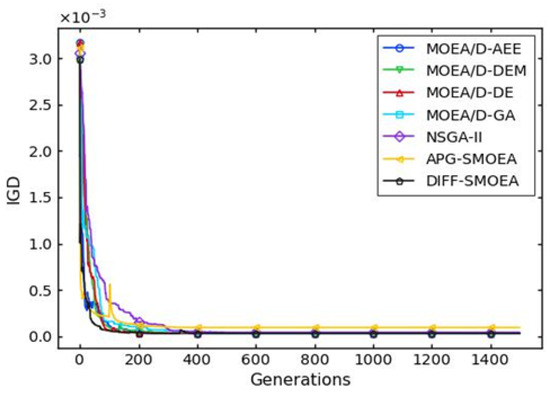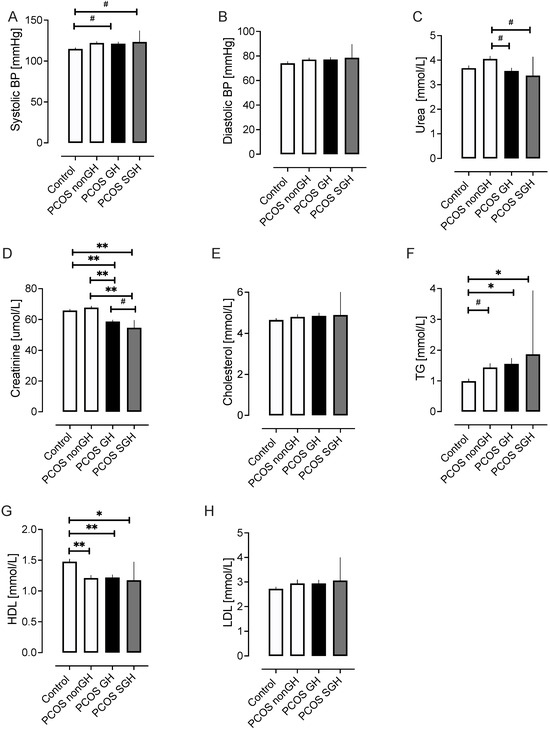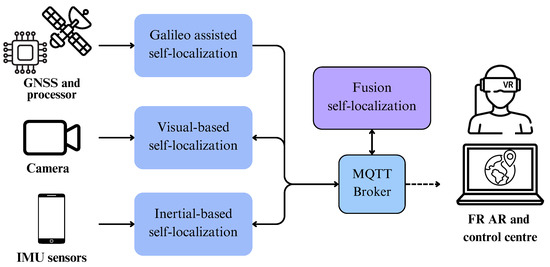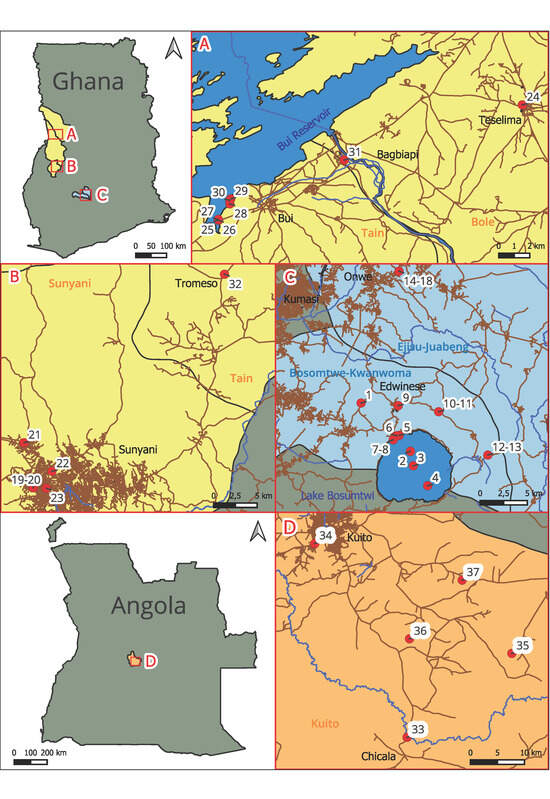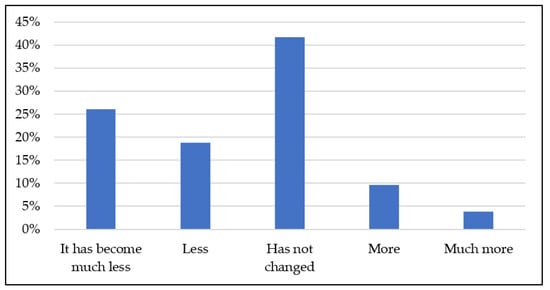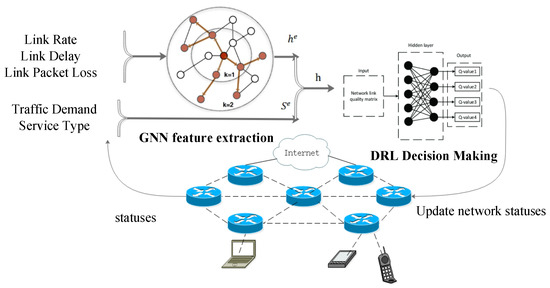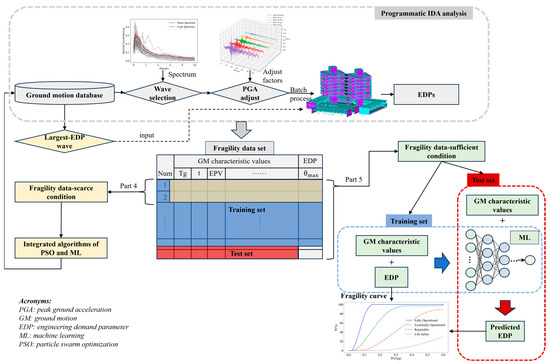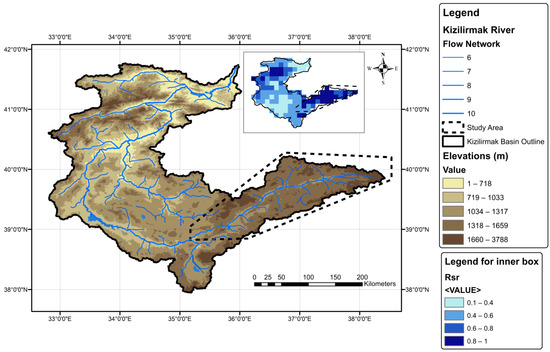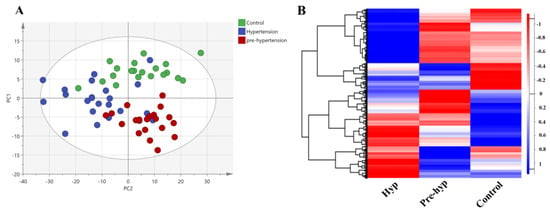Glomerular hyperfiltration (GH) has been reported to be higher in women with polycystic ovary syndrome (PCOS) and is an independent risk factor for renal function deterioration, metabolic, and cardiovascular disease. The aim of this study was to determine GH in type A PCOS subjects and to identify whether inflammatory markers, markers of CKD, renal tubule injury markers, and complement system proteins were associated. In addition, a secondary cohort study was performed to determine if the eGFR had altered over time. In this comparative cross-sectional analysis, demographic, metabolic, and proteomic data from Caucasian women aged 18–40 years from a PCOS Biobank (137 with PCOS, 97 controls) was analyzed. Slow Off-rate Modified Aptamer (SOMA)-scan plasma protein measurement was undertaken for inflammatory proteins, serum markers of chronic kidney disease (CKD), tubular renal injury markers, and complement system proteins. A total of 44.5% of the PCOS cohort had GH (eGFR ≥ 126 mL/min/1.73 m
2 (
n = 55)), and 12% (
n = 17) eGFR ≥ 142 mL/min/1.73 m
2 (super-GH(SGH)). PCOS-GH women were younger and had lower creatinine and urea versus PCOS-nonGH. C-reactive protein (CRP), white cell count (WCC), and systolic blood pressure (SBP) were higher in PCOS versus controls, but CRP correlated only with PCOS-SGH alone. Complement protein changes were seen between controls and PCOS-nonGH, and decay-accelerator factor (DAF) was decreased between PCOS-nonGH and PCOS-GSGH (
p < 0.05). CRP correlated with eGFR in the PCOS-SGH group, but not with other inflammatory or complement parameters. Cystatin-c (a marker of CKD) was reduced between PCOS-nonGH and PCOS-GSGH (
p < 0.05). No differences in tubular renal injury markers were found. A secondary cohort notes review of the biobank subjects 8.2–9.6 years later showed a reduction in eGFR: controls −6.4 ± 12.6 mL/min/1.73 m
2 (−5.3 ± 11.5%; decrease 0.65%/year); PCOS-nonGH −11.3 ± 13.7 mL/min/1.73 m
2 (−9.7 ± 12.2%;
p < 0.05, decrease 1%/year); PCOS-GH (eGFR 126–140 mL/min/17.3 m
2) −27.1 ± 12.8 mL/min/1.73 m
2 (−19.1 ± 8.7%;
p < 0.0001, decrease 2%/year); PCOS-SGH (eGFR ≥ 142 mL/min/17.3 m
2) −33.7 ± 8.9 mL/min/17.3 m
2 (−22.8 ± 6.0%;
p < 0.0001, decrease 3.5%/year); PCOS-nonGH eGFR versus PCOS-GH and PCOS-SGH,
p < 0.001; no difference PCOS-GH versus PCOS-SGH. GH was associated with PCOS and did not appear mediated through tubular renal injury; however, cystatin-c and DAF were decreased, and CRP correlated positively with PCOS-SGH, suggesting inflammation may be involved at higher GH. There were progressive eGFR decrements for PCOS-nonGH, PCOS-GH, and PCOS-SGH in the follow-up period which, in the presence of additional factors affecting renal function, may be clinically important in the development of CKD in PCOS.
Full article
 IJMS
IMPACT
IJMS
IMPACT Applied Sciences
IMPACT
Applied Sciences
IMPACT Sustainability
IMPACT
Sustainability
IMPACT Sensors
IMPACT
Sensors
IMPACT JCM
IMPACT
JCM
IMPACT Energies
IMPACT
Energies
IMPACT Molecules
IMPACT
Molecules
IMPACT Materials
IMPACT
Materials
IMPACT Remote Sensing
IMPACT
Remote Sensing
IMPACT Cancers
IMPACT
Cancers
IMPACT Electronics
IMPACT
Electronics
IMPACT Mathematics
IMPACT
Mathematics
IMPACT Foods
IMPACT
Foods
IMPACT Buildings
IMPACT
Buildings
IMPACT Plants
IMPACT
Plants
IMPACT Nutrients
IMPACT
Nutrients
IMPACT Animals
IMPACT
Animals
IMPACT Polymers
IMPACT
Polymers
IMPACT Water
IMPACT
Water
IMPACT Diagnostics
IMPACT
Diagnostics
IMPACT Biomedicines
IMPACT
Biomedicines
IMPACT Agronomy
IMPACT
Agronomy
IMPACT Microorganisms
IMPACT
Microorganisms
IMPACT Processes
IMPACT
Processes
IMPACT Healthcare
IMPACT
Healthcare
IMPACT Forests
IMPACT
Forests
IMPACT Cells
IMPACT
Cells
IMPACT JMSE
IMPACT
JMSE
IMPACT Medicina
IMPACT
Medicina
IMPACT Viruses
IMPACT
Viruses
IMPACT Agriculture
IMPACT
Agriculture
IMPACT Nanomaterials
IMPACT
Nanomaterials
IMPACT IJERPH
IJERPH
 Land
IMPACT
Land
IMPACT Pharmaceutics
IMPACT
Pharmaceutics
IMPACT Pharmaceuticals
IMPACT
Pharmaceuticals
IMPACT Religions
IMPACT
Religions
IMPACT Biomolecules
IMPACT
Biomolecules
IMPACT Life
IMPACT
Life
IMPACT Micromachines
IMPACT
Micromachines
IMPACT Atmosphere
IMPACT
Atmosphere
IMPACT Antioxidants
IMPACT
Antioxidants
IMPACT Genes
IMPACT
Genes
IMPACT Metals
IMPACT
Metals
IMPACT Symmetry
IMPACT
Symmetry
IMPACT Children
IMPACT
Children
IMPACT Coatings
IMPACT
Coatings
IMPACT Vaccines
IMPACT
Vaccines
IMPACT Horticulturae
IMPACT
Horticulturae
IMPACT Education Sciences
IMPACT
Education Sciences
IMPACT Minerals
IMPACT
Minerals
IMPACT Brain Sciences
IMPACT
Brain Sciences
IMPACT JPM
IMPACT
JPM
IMPACT Bioengineering
IMPACT
Bioengineering
IMPACT




